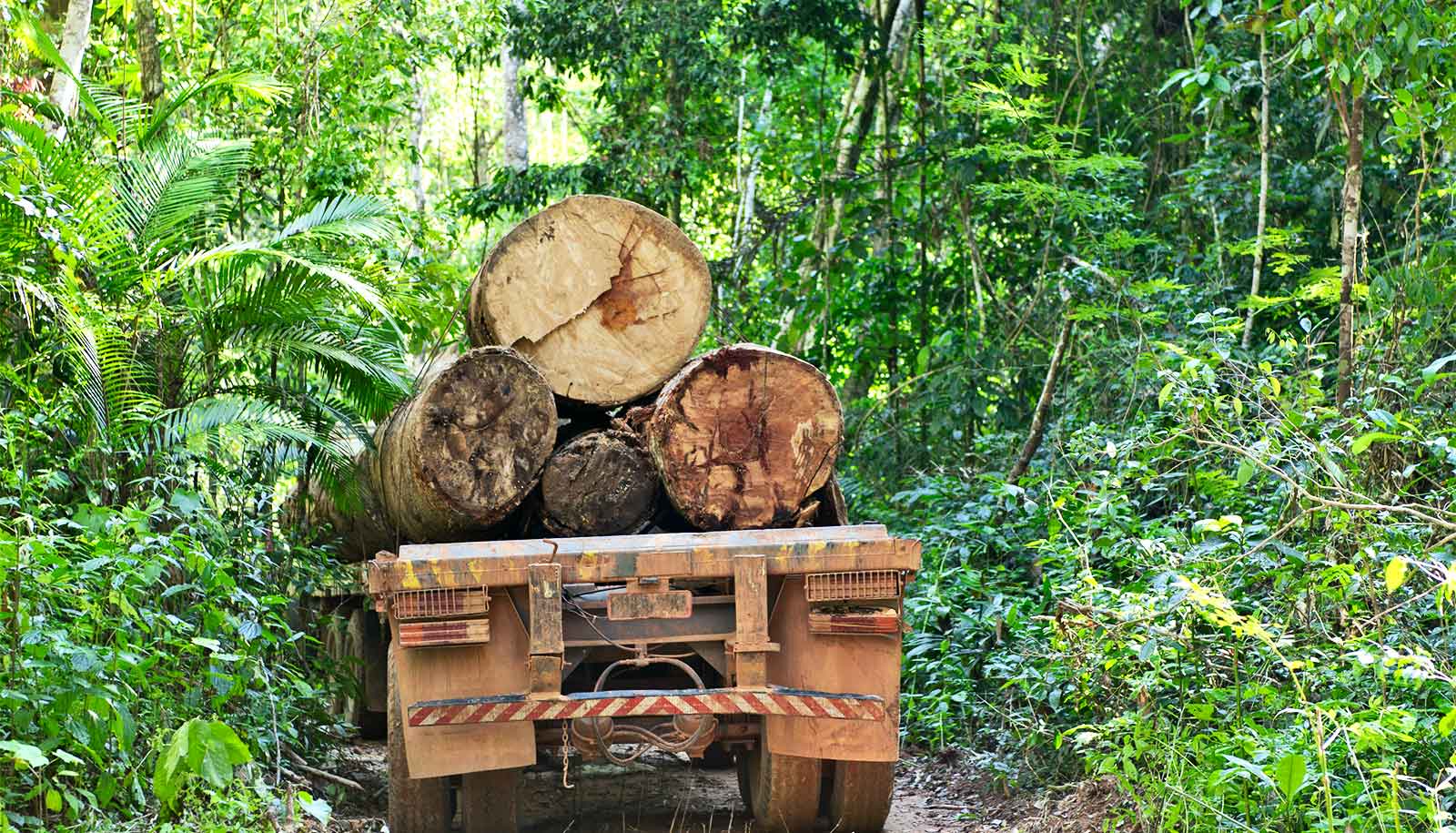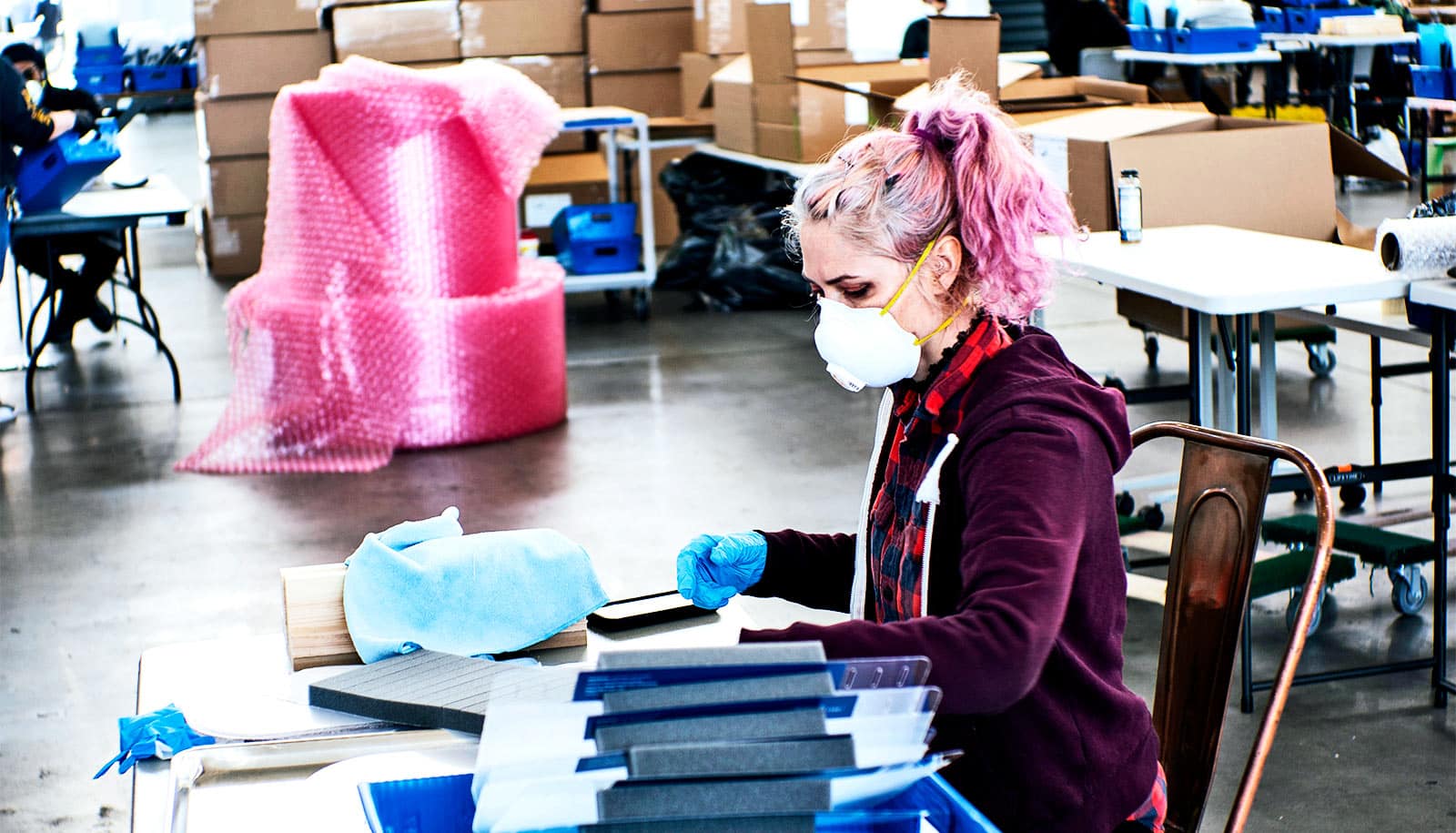Researchers are racing to collect data to assess climate models and determine the impact of the coronavirus on the environment and human health.
Stay-at-home orders enacted to slow human movement, and consequently the spread of COVID-19, have had obvious benefits for the environment, but they are also affecting environmental science.
“There’s a global experiment going on in our atmosphere,” says Joellen Russell, professor in the geosciences department at the University of Arizona.
But before researchers can determine with confidence how and why greenhouse gas emissions are changing due to the social and economic impacts of COVID-19, they probably need several months of monitoring, says Riley Duren, research scientist in the Office for Research, Innovation, and Impact.
That’s because multiple measurement types and sophisticated computer models are required to disentangle the effects of a highly variable atmosphere and the complex interactions between human and natural processes that govern emission and removal of atmospheric gases.
Measuring the pandemic’s effects
“In the United States, most atmospheric measurements come from the National Oceanic and Atmospheric Administration,” says Russell, who also is chair of the Climate Working Group for NOAA’s Science Advisory Board. The board recently requested that NOAA aggregate greenhouse gas measurements with other entities and also collaborate with health agencies to assess whether there are consequences on human health.
Duren is cofounder of the interagency Megacities Carbon Project in Los Angeles—part of a global network of urban pilot projects that tracks greenhouse gas emissions across geographic scales and economic sectors to support efforts to mitigate climate change.
All greenhouse gas emissions—which are a combination of human and natural activity—are quickly mixed in the atmosphere after they’re released, Duren says. Carbon dioxide and methane, two of the most potent gases that contribute to global warming, are not very reactive and linger in the atmosphere, making it challenging to disentangle the new gases from what has been there for decades.
“Imagine a street where multiple homes have sprinkler system leaks and you’re measuring water in a downstream storm channel, trying to determine who has the biggest leak. It’s going to be hard unless you have a way to trace the source,” Duren says.
“The scientific opportunity here is that there are currently some large and well-known changes in human activity. That offers a known input to better disentangle what’s contributing to gases in the atmosphere.”
“Stay-at-home orders and other consequences of COVID-19 have presented us with a unique opportunity,” says Elizabeth “Betsy” Cantwell, senior vice president for research and innovation. “Our scientists are leveraging it to create new, critical knowledge around the complex systems driving change within our global climate.”
Changing emissions
What makes this complex is that changes in emissions vary across many sectors of the economy, some of which are easily predictable and others less so.
“Basically, for anything to do with transportation, you see a huge decrease in carbon dioxide, carbon monoxide, and other pollutants,” Duren says. “There are fewer cars on the road and fewer flights.”
Methane emissions in most cities, however, are not expected to change much because home-bound people are still producing waste, which goes to landfills—a major source of methane.
“There might be some subtle shifts in landfill methane emissions due to more food waste coming from homes than restaurants, but the net should be about the same,” according to Duren.
On the other hand, methane emissions from oil and natural gas production in response to global market forces could be a “mixed bag,” he says. For example, producers in some regions may have financial and regulatory incentives to shut down and close oil and natural gas wells, while in others, they may continue or even increase venting and flaring of the excess gas.
Depending on the baseline situation due to local economics, infrastructure, law and regulation, or geology, emissions will vary, and teasing that out will likely take months of careful observation in regions that have the necessary experimental measurement systems, Duren says. A larger problem is most countries don’t have greenhouse gas monitoring systems that can offer rapid or localized assessments.
“Unlike pollution monitoring, operational greenhouse gas monitoring systems are not a high priority yet, with some exceptions like California and a few countries in Europe,” he says.
“Understanding how the environment responds to human activity during the pandemic or even ‘normal’ conditions is important because once this is behind us, we’ll still have to confront climate change. It’s not going away, and neither will the current gaps in environmental data unless we rethink priorities. What scientists and engineers can do is bring new technology and methods to bear. But, ultimately, it’s up to policymakers to enact the necessary change.”
Understanding the sources of emissions is necessary for countries that are budgeting their carbon emissions, but they too can’t do this without better, more reliable systems of measurement.
“It’s the tragedy of the commons,” Russell says. “If nobody keeps track of who is grazing and how many sheep they have, then everyone can graze as many sheep as they want. Eventually, the grass dies, the sheep have nothing to eat, and the farmers are left with nothing.”
More immediately, tracking emissions can help environmental scientists and health officials understand the relationship between pollution and exacerbation of COVID-19 symptoms, according to Russell.
COVID-19 primarily affects the lungs and “it has been established by doctors in places with high pollution levels that they are seeing more severe cases, the same way that people with asthma are having more difficulty. It’s an interesting problem and more measurements would help. There are state and city measurements, but we’re trying to activate the NOAA part and make the data public immediately.”
Duren sees two major lessons: “We might gain some new understanding of controlling processes that could lead to opportunities for longer-term emission reductions. It could also expose both the capabilities and limitations of current experimental monitoring capabilities and environmental situational awareness in general.”
Source: University of Arizona



